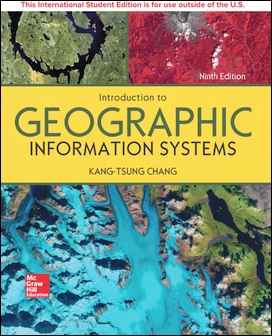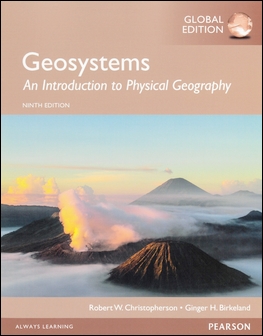書籍分類

Introduction to Geographic Information Systems 8/e
作者:Kang-tsung Chang
原價:NT$ 1,200
ISBN:9789814636216
版次:8
年份:2016
出版商:McGraw-Hill
頁數/規格:429頁/平裝單色
參考網頁:Introduction to Geographic Information Systems 8/e
版次:8
年份:2016
出版商:McGraw-Hill
頁數/規格:429頁/平裝單色
參考網頁:Introduction to Geographic Information Systems 8/e
內容介紹 本書特色 目錄 作者介紹
- Description
Introduction to Geographic Information Systems, 8th edition is designed to provide students in a first or second GIS course with a solid foundation in both GIS concepts and the use of GIS. Introduction to GIS strikes a careful balance between GIS concepts and hands-on applications. The main portion of the chapter presents GIS terms and concepts and helps students learn how each one fits into a complete GIS system. At the end of each chapter, an application section with 2-7 tasks presents students with actual GIS exercises and the necessary data to solve the problem.






